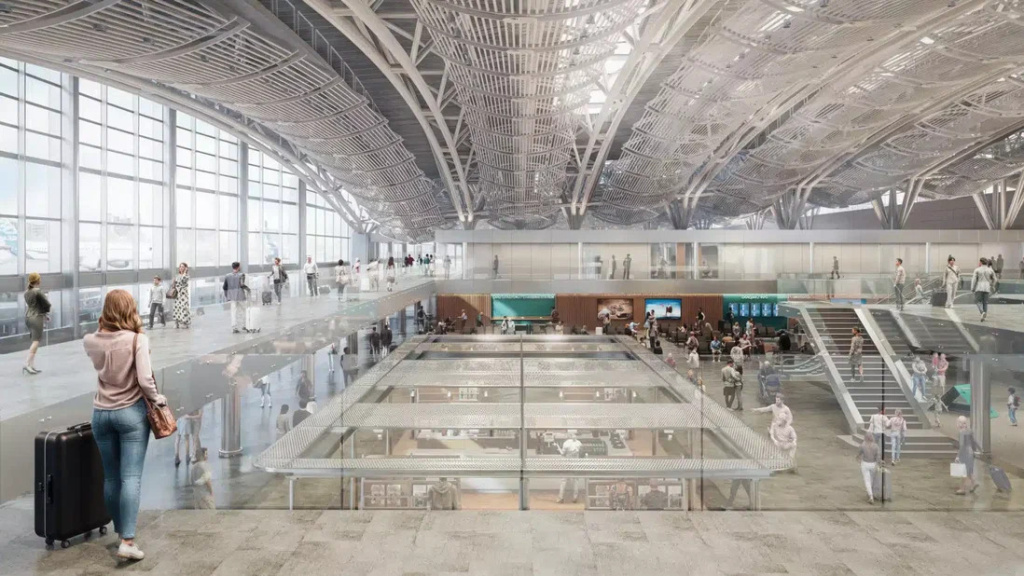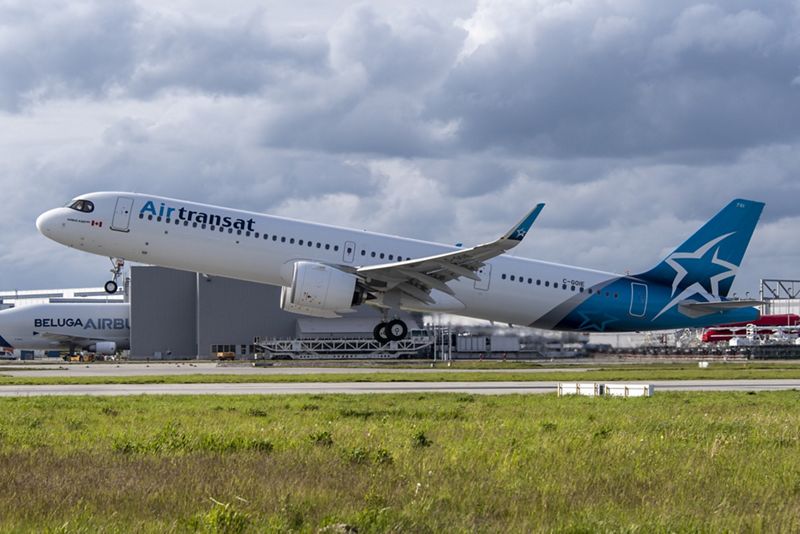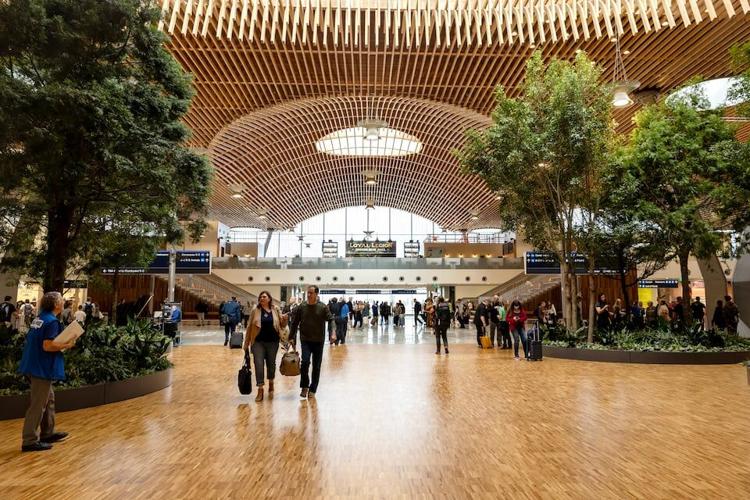Istanbul’s Sabiha Gökçen International Airport is preparing to expand with a brand-new passenger terminal, according to recent renderings published by Turkish news portal Haber 7. Once operational, this new terminal is expected to handle about 4 million passengers annually, significantly increasing the airport’s current capacity.
Together with the existing Terminal 2 (T2), the combined passenger throughput of Sabiha Gökçen will reach an impressive 47 million passengers per year, making it one of Turkey’s busiest airports. However, the exact timeline for the terminal’s completion and opening remains unclear.
The new terminal building will be connected to the existing facilities by a covered walkway approximately 240 meters long. Passengers will be able to move between terminals after check-in and passport control using moving walkways, ensuring smooth and efficient transfers. The new terminal will also feature eight additional boarding gates, easing congestion during peak travel times.
In addition to passenger capacity improvements, the airport’s parking facilities will expand significantly. The number of parking spaces is set to increase from 5,124 to 6,752, accommodating more vehicles and providing greater convenience for travelers.
Haber 7 also reported that the new terminal’s construction incorporates the latest seismic safety technologies, a critical consideration in this earthquake-prone region. This upgrade comes on the back of the airport’s recently operational second runway, which has further enhanced its operational capacity.
Currently, Sabiha Gökçen handles nearly one-quarter of all air traffic in Turkey, serving approximately 43 million passengers annually. The airport is an important gateway for both domestic and international travelers, and the new terminal marks a major step forward in its ongoing development to meet growing demand.









